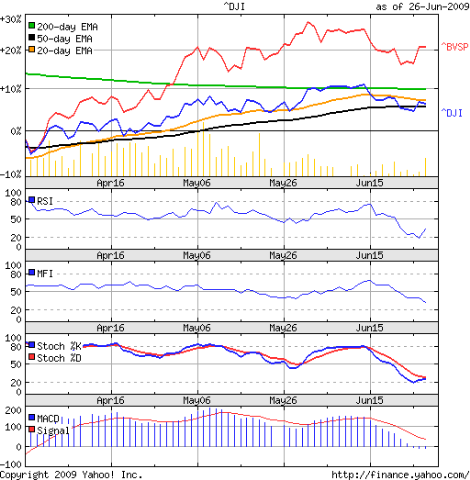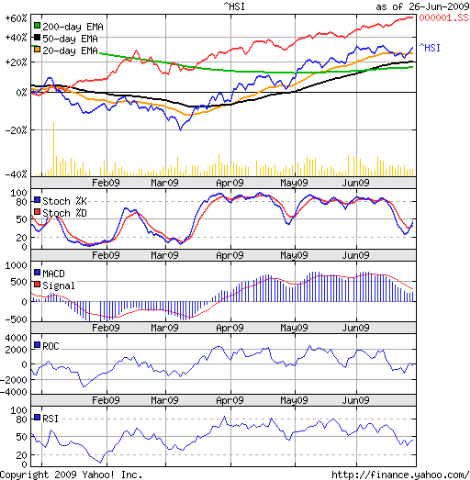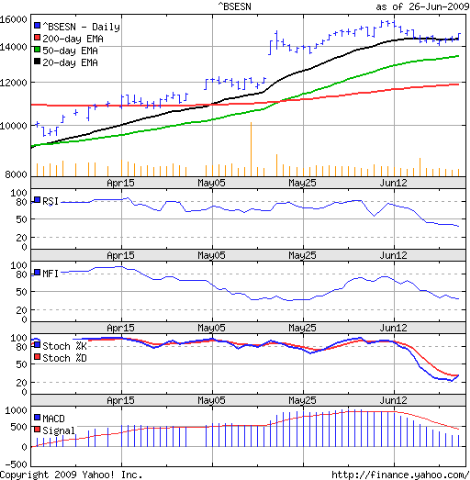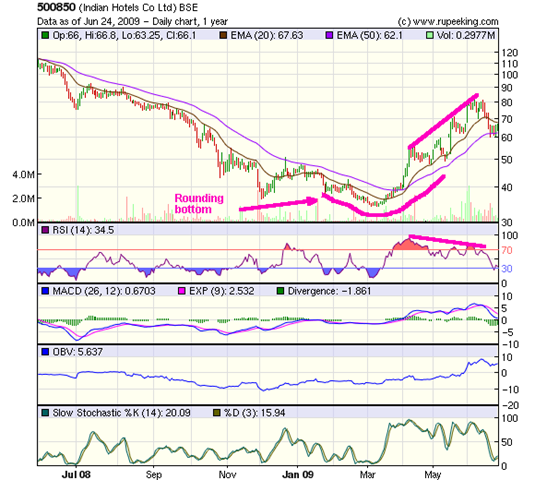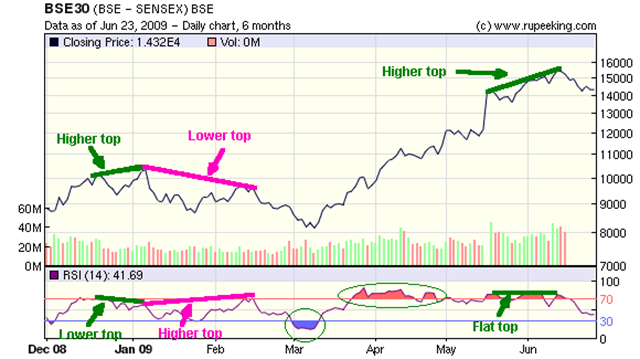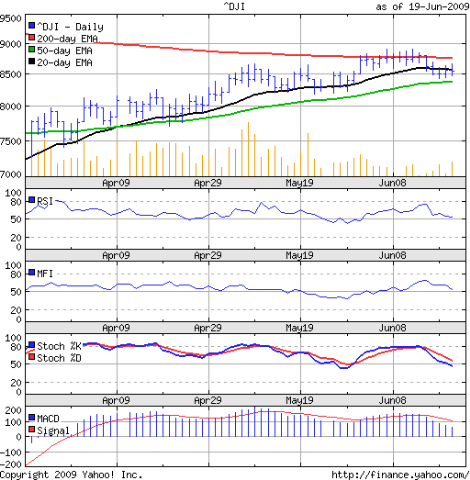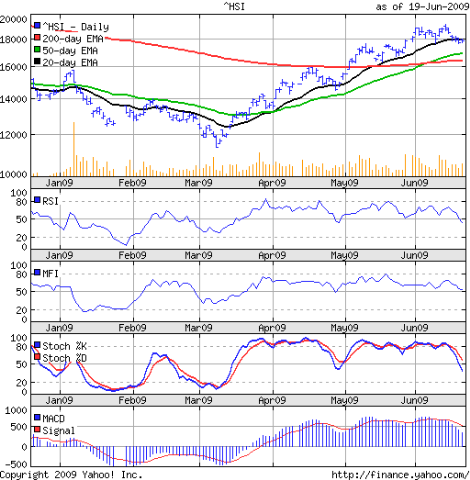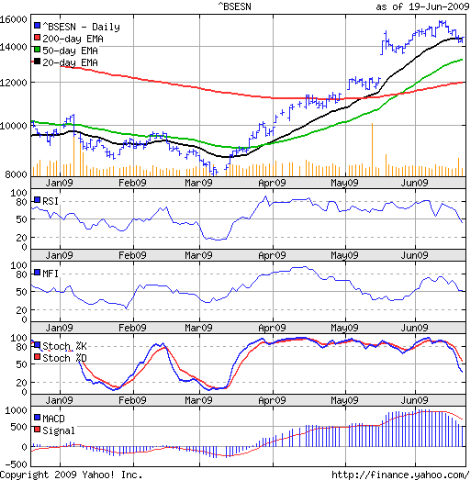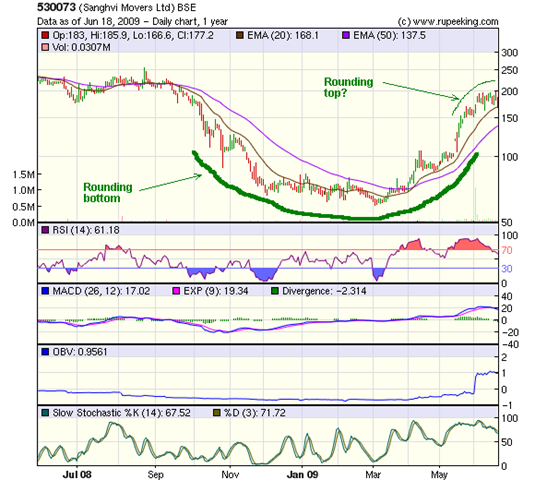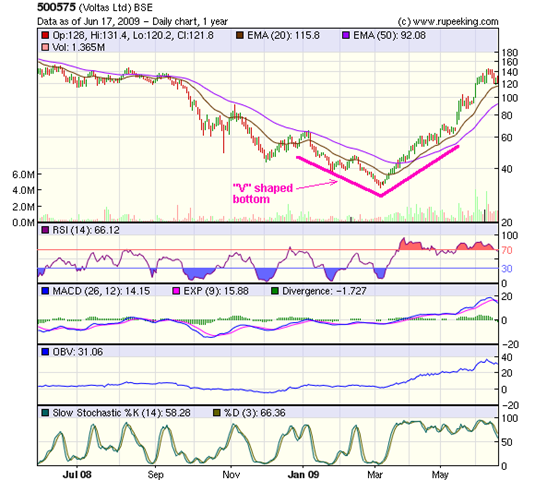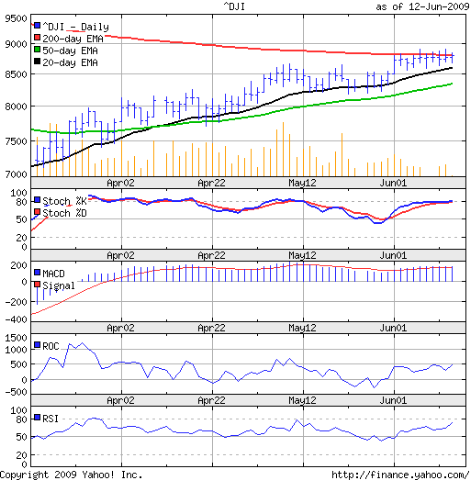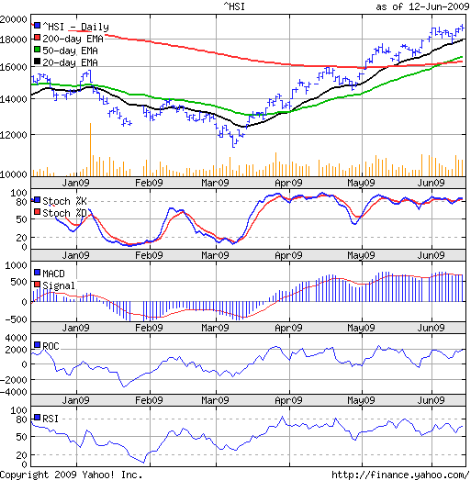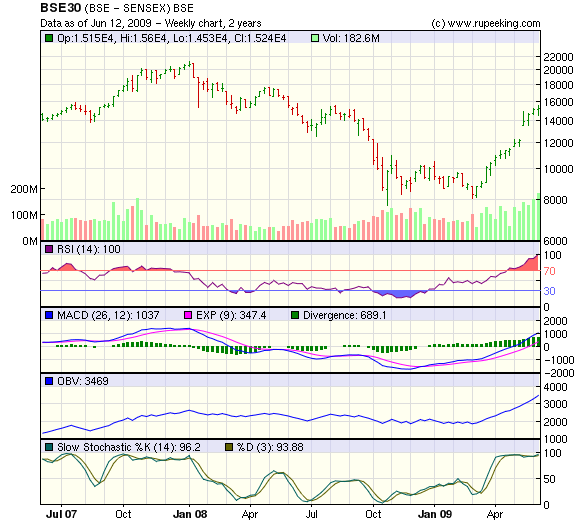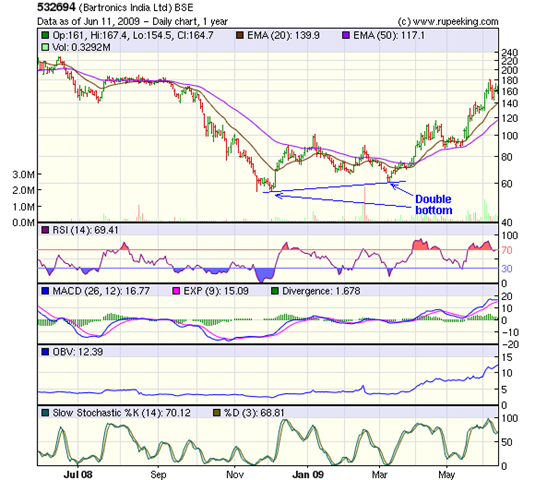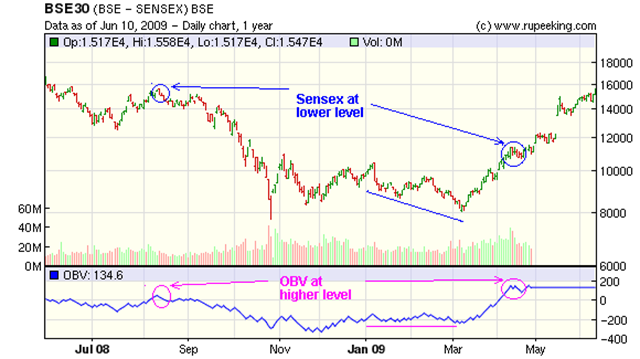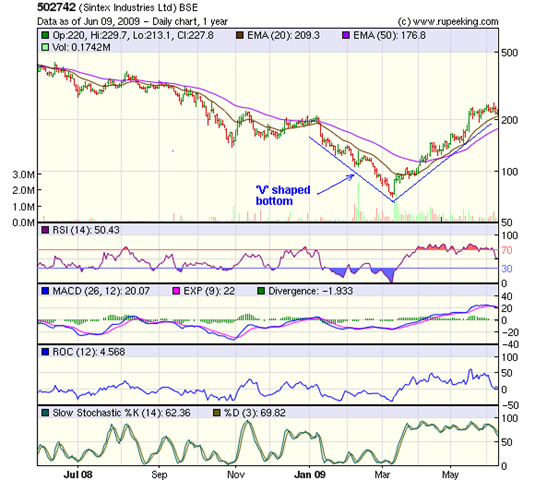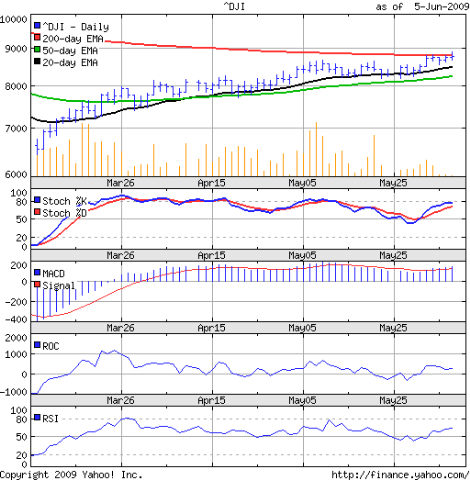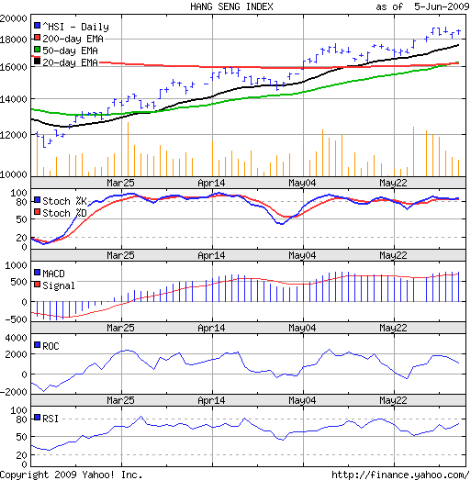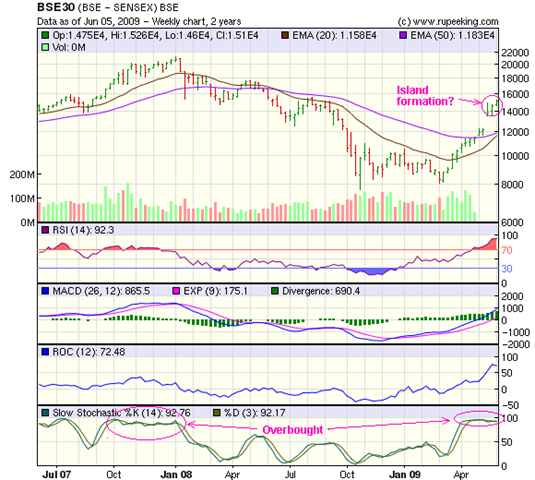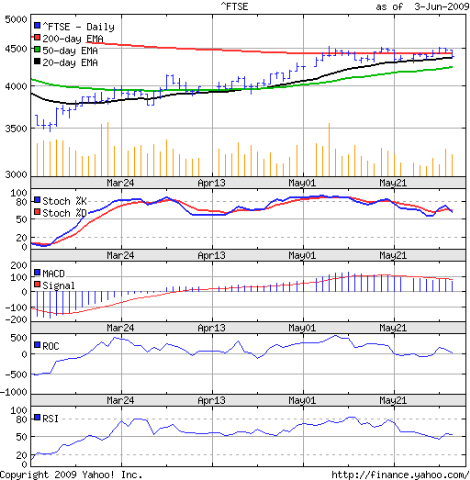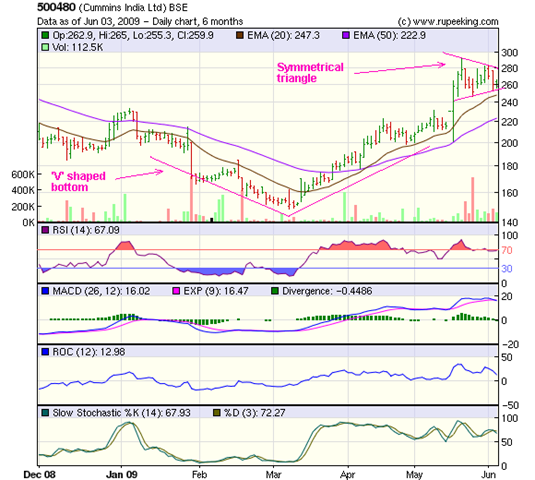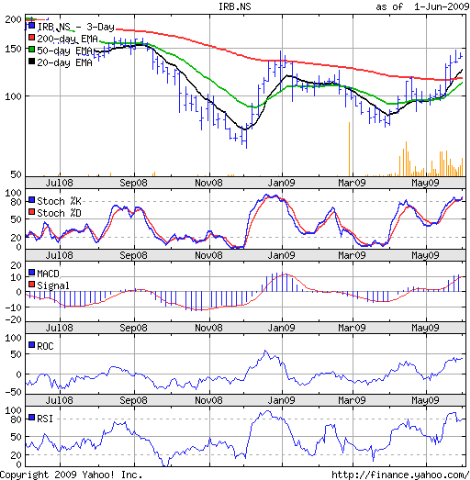The investment gurus have all advised investors to follow a buy and hold strategy to build long term wealth. Investors, fund managers, academics like Warren Buffett, John Bogle, Jeremy Siegel, Phil Fisher, Peter Lynch have provided us with their tried and tested methods.
Yet, whenever a bear attack makes the market trajectory go haywire (i.e. in any direction but up!) all kinds of 'new' theories start to appear and re-appear. Fundamentals and technicals are all hogwash. It is all about sentiment and momentum. It is a traders' market. Buy and hold is dead.
The last named theory has been bandied about quite a bit of late. Probably by those unfortunate folks who got all excited by an ever-rising bull market and got in pretty much near the very top. I have been there and done that, and lost a pile of money.
But that didn't make me go out and search for a new theory. It taught me that to make money in the stock market, you can't jump in feet first without any inkling about what the market is all about, and how some companies make real profits in a sector while many do not.
You've got to pay your dues. By losing money, and by spending the time and effort to learn how to analyse a company by studying the Annual Report in detail AND how to look at technical charts to analyse the supply-demand mismatch in the market.
You can pick the best company and buy it near the market top, and you may not make any money for years. You buy the same company near a market bottom and sell it when it gains 25% or 50%, and you can miss a multibagger.
However unexciting and boring it may sound, investment is serious business. It requires patience, perseverance and discipline - not only to build serious wealth, but to keep it from disappearing.
There lies the main problem with trading. You make money fast, and you lose it faster. The odds are better in a casino. After you pay the brokerage and your taxes, you may find that you would have been better off keeping the money in a savings bank.
Strong, well-managed companies have various ways of rewarding their shareholders. A bonus this year; a rights 3 years later; regular dividends; share buy-backs. After a few years you find that your 100 shares have become 350, plus the market value has tripled. There is one condition. You have to stay the course. Flitting in and out of stocks will only make your broker rich.
Take the example of ICI Ltd. A staid paints stock that was going abegging at Rs 85 in 2002. In the seven years since, it has paid a total dividend of Rs 85 per share. No bonus. No rights. A share buy-back last year, and the stock is at Rs 500! I'm still holding.
What do you think, dear reader? Do you feel the buy and hold strategy may be the way to long term wealth? If not, why not?
Related posts
